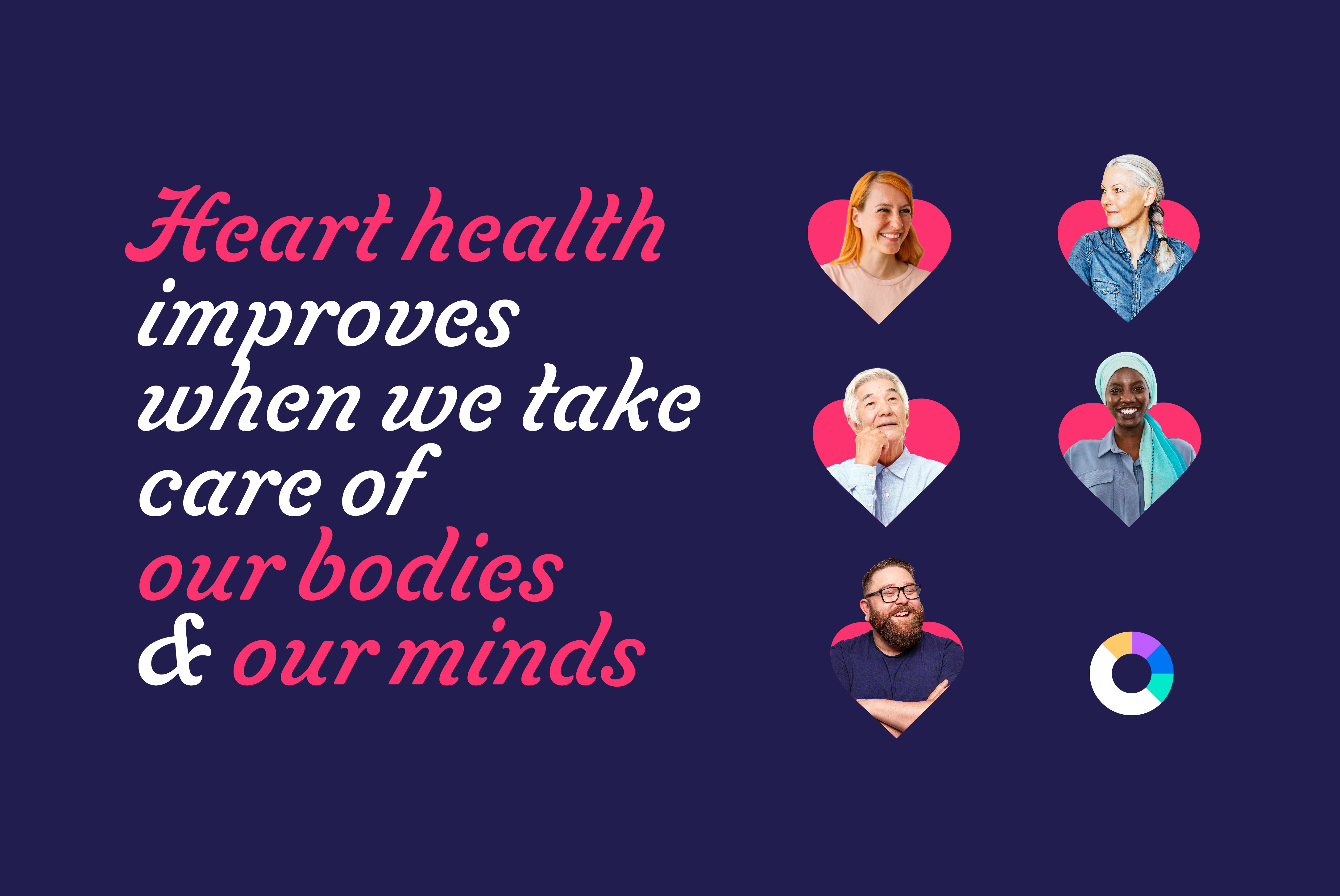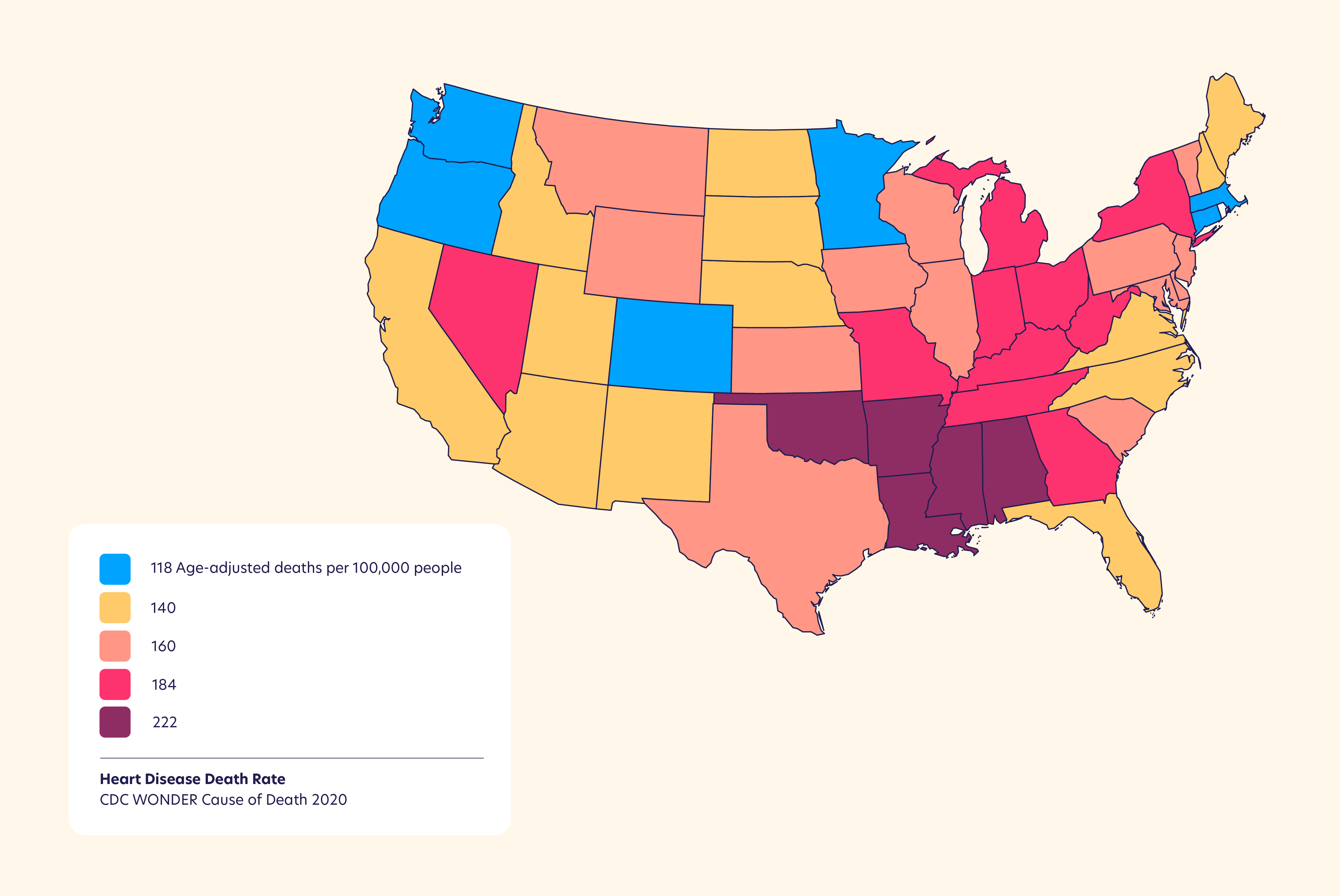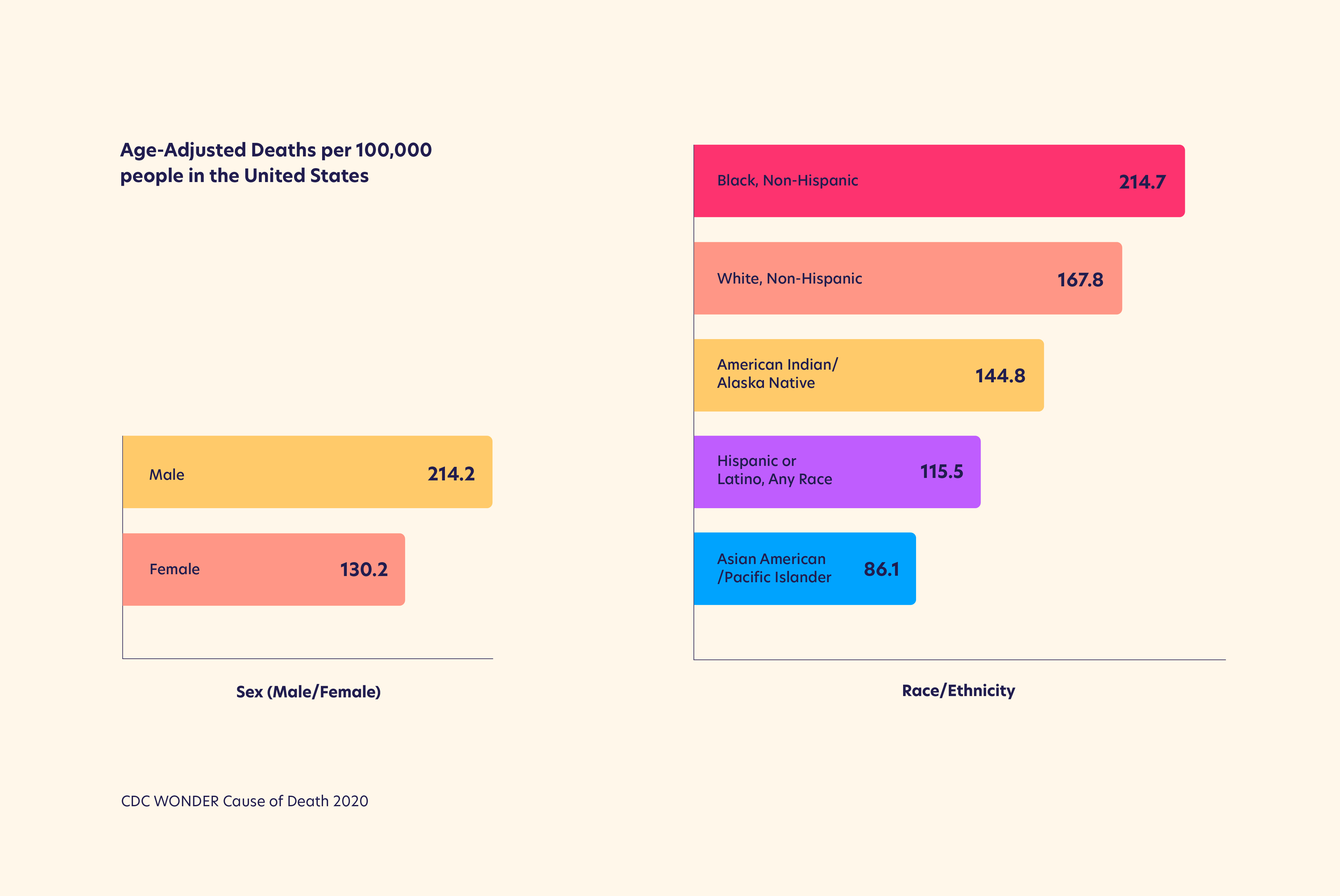News & Articles
Home Is Where the Heart (Health) Is
Color

February is Heart Health Month
In the 4th Century BC, Aristotle studied the formation of baby chicks. He declared that the heart was the seat of the entire body — the core of a person’s “intelligence, motion, and sensation.” In Ancient Egypt, the heart was so important that it was the only vital organ required to remain intact during mummification. The heart — its function and symbolism — has fascinated people throughout history. In both a figurative and literal sense, the heart drives the body.
February is Heart Health Month. It’s a time to elevate the importance of protecting this vital organ, and for good reason. Heart disease is the number one killer of Americans. In fact, by the time you finish this article, roughly ten people in the US will have died from heart disease, and eight people will suffer a heart attack. Heart disease accounts for one out of every five deaths in the United States at a (conservatively estimated) cost of 229 billion dollars annually.
Although heart disease affects people across geographic, gender, race, and class lines, there are health inequities in the burden. For example, the highest heart disease death rates are clustered in the South, as are the states most burdened by high cholesterol and coronary heart disease.
Men are about 50% more likely to die of heart disease than women. Black Americans are also overburdened by heart disease deaths, with rates between 50-60% higher than White, non-Hispanic adults and Hispanics of any race. This inequity isn’t just a function of higher poverty rates in the Black community. Many studies controlling for the association between poverty and heart disease death find that racial inequities persist, even among the highest-income brackets.
As a society, we must do better. Heart conditions are largely preventable. But, to prevent deadly heart conditions, we need screening tools that are simple to use, genuinely accessible care, and a system designed to reduce friction.
How Color Helps Protect Heart Health
We’re passionate about getting people screened early and ensuring that those who need early intervention get the care they deserve. We designed our Essential Care programs to identify risk factors for heart disease and activate extraordinary care immediately. We know time is valuable, so we’ve developed our screening tools for maximum convenience and turnaround time. Simple screenings are deployed where people live, work, and learn. Heart health care should happen where life happens.
Effective screening tools aren’t enough. Color deploys empathetic, knowledgeable care navigators to ensure that nobody gets left behind on the care journey. Many folks struggling to control their blood pressure or cholesterol need ongoing management plans that include clinical interventions, lifestyle support, and help to overcome barriers to care.
We are also keenly aware of the influence of genetics on heart disease risk. We built our clinical-grade genetic tests with the same human-centered design philosophy as Essential Care–we want screening to be quick and easy. We also believe in the power of simplified communication of results so that the people we serve understand their genetic risk for heart conditions. Too often, the medical community relays genetic information as if everyone has a Ph.D. in genomics. Color is committed to equipping people of all backgrounds with the information they need about their bodies. Only with that complete information can someone make informed health care decisions.
Heart health isn’t just a function of our physical experience. There is growing research supporting what even Aristotle seemed to know — that our minds and bodies are inextricably linked and that the health of one affects the other. The relationship between our mental and heart health is a feedback loop. Those who suffer from depression, anxiety, and other conditions are more likely to suffer from heart conditions. They are also less likely to follow a treatment or prevention regimen following a heart-related episode. Heart conditions are also a cause of poor mental health. Patients who survive a heart attack are more likely to experience isolation, depression, and an increased risk of suicide.
Last year, we announced our entry into the field of Behavioral Health and the acquisition of Mood Lifters, a program designed to leverage the power of peer support to tackle the world’s biggest behavioral health challenges. We’re optimistic about the positive impact our Behavioral Health solutions will have this year and excited to watch workplaces, communities, and schools transform. Together with Essential Care and our Genomics work, these programs unite to provide employers with a comprehensive set of tools to keep their workforce healthy.
Celebrating American Heart Month
The best way we can celebrate Heart Health Month is to take action to protect those we care for–our employees, our teammates, our families, and ourselves. The heart is responsible for our bodies and minds working at total capacity. So let’s take responsibility, together, for the hearts in our lives.
Get connected with a Color Solution Designer to help you find the best program for the individuals you support.





